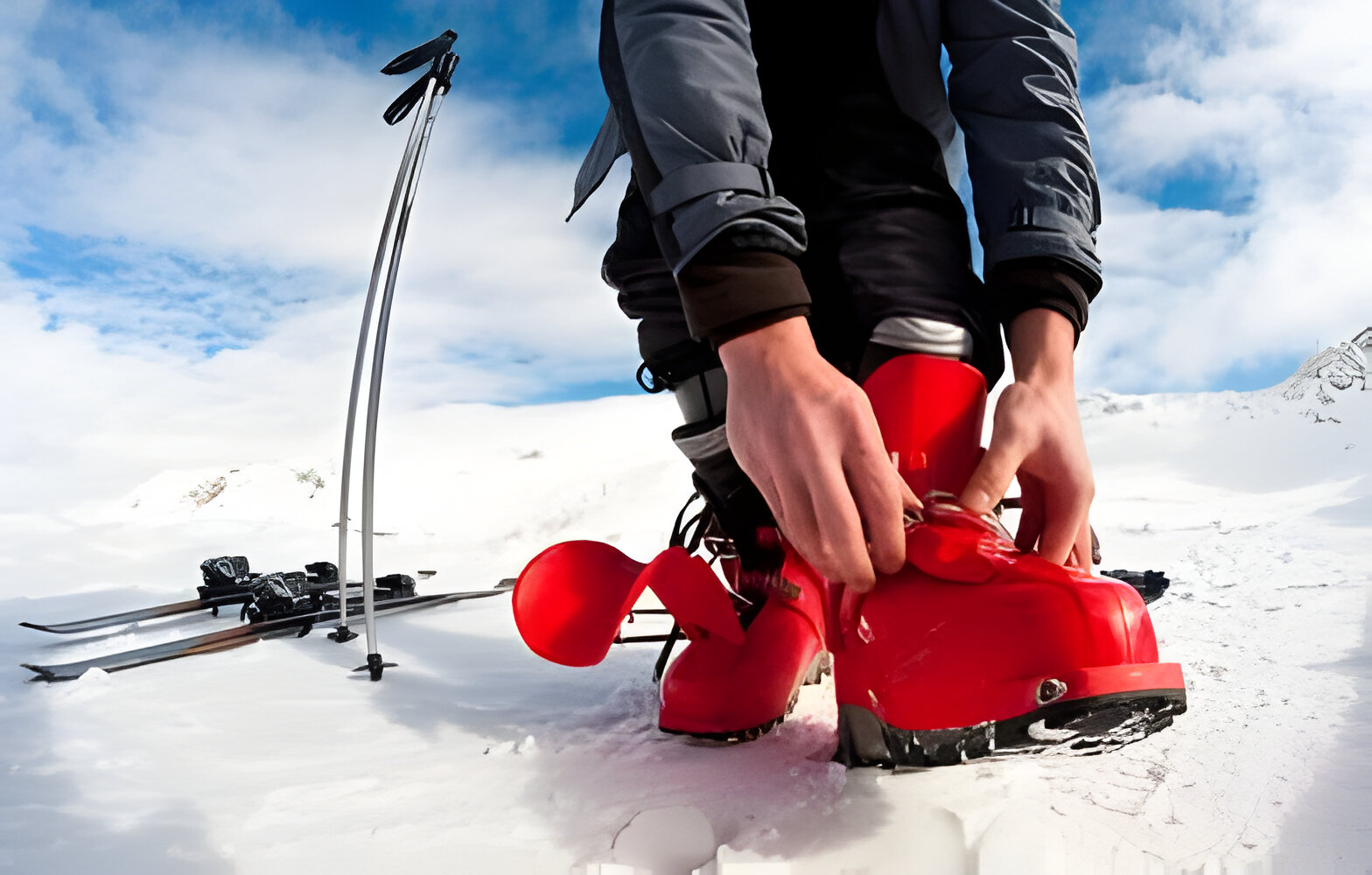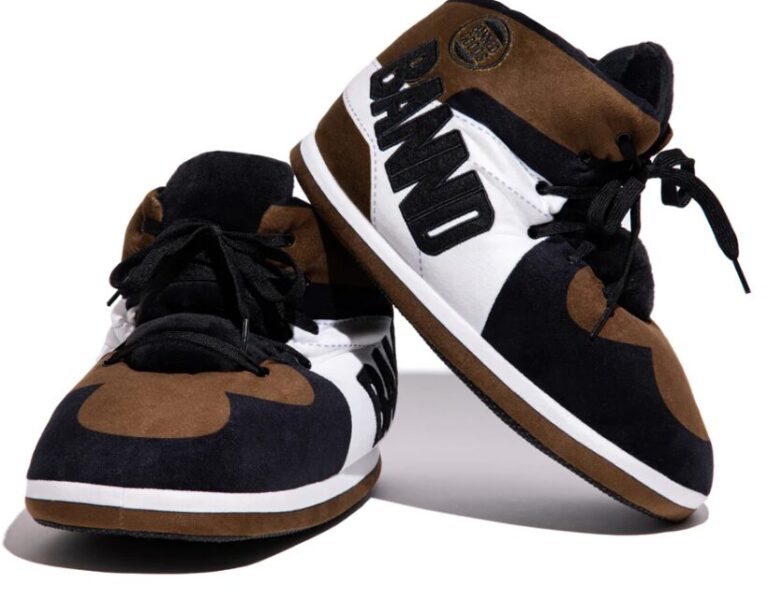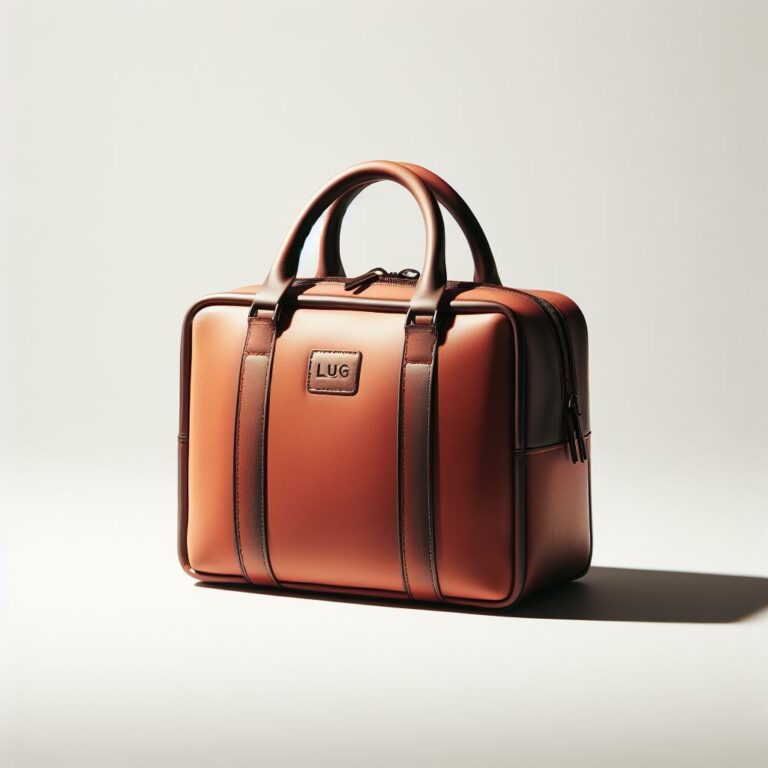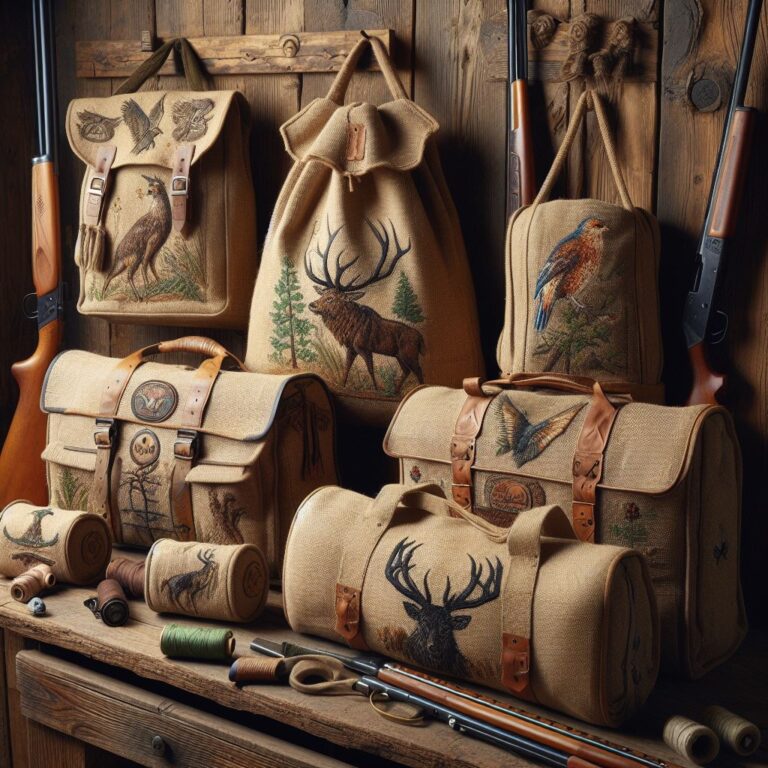How Heavy Are Ski Boots?
Skiing is an exhilarating winter sport enjoyed by millions worldwide. Whether you’re gliding down freshly powdered slopes or tackling challenging terrain, having the right equipment is crucial for an enjoyable experience. Among the essential gear for skiing, ski boots play a pivotal role. But just how heavy are ski boots, and why does it matter? Let’s delve into the world of ski boot weight to understand its significance and impact on your skiing adventures.
Introduction to Ski Boots
Ski boots are more than just footwear; they are a skier’s connection to their skis and the snow. Designed to provide support, control, and comfort, ski boot are engineered to withstand the rigors of mountain terrain. However, their weight can vary significantly depending on several factors.
Understanding Ski Boot Weight
To comprehend the weight of ski boots, it’s essential to break down their construction. Ski boot consist of various components, including the shell, liner, buckles, and sole. Each component contributes to the overall weight of the boot. Additionally, the materials used in constructing these components play a significant role in determining the boot’s weight.
Factors Affecting Ski Boot Weight
Several factors influence the weight of ski boots:
- Shell Material: The material used for the outer shell of the ski boot can significantly impact its weight. Common materials include plastic, carbon fiber, and various composites.
- Liner Material: The inner liner of the ski boot provides insulation and comfort. Liners can be made from materials like foam, fleece, or synthetic fabrics, each with its weight characteristics.
- Buckles and Straps: The number and type of buckles and straps used for closure affect the overall weight of the ski boot. High-performance boots may have additional buckles for added support, increasing their weight.
- Sole Thickness: The thickness and construction of the boot sole can influence its weight. Thicker soles may offer better shock absorption but can add extra weight.
Comparing Different Ski Boot Weights
Ski boots are available in various weights, ranging from lightweight models designed for backcountry skiing to heavier boots tailored for downhill racing. Lightweight boots prioritize agility and flexibility, making them ideal for long tours and off-piste adventures. Mid-weight boots strike a balance between performance and comfort, suitable for all-mountain skiing. On the other hand, heavyweight boots offer maximum support and stiffness, preferred by aggressive skiers and racers.
Read Also: How Does A Walking Boot Help A Sprained Ankle
Effects of Ski Boot Weight on Performance
The weight of ski boot can significantly impact a skier’s performance on the slopes. Lighter boots offer greater maneuverability and agility, allowing for quicker turns and precise control. However, they may sacrifice some stability and power transmission. Heavier boots provide superior support and stability at high speeds but can feel cumbersome during prolonged use. Finding the right balance between weight and performance is crucial for optimizing skiing performance.
Tips for Choosing the Right Ski Boots
Selecting the right ski boots involves considering various factors, including skiing style, skill level, and personal preferences. Here are some tips to help you choose the perfect pair:
- Consider Your Skiing Style and Skill Level: Determine whether you prioritize comfort, performance, or a combination of both. Freestyle skiers may prefer lightweight boots for maneuverability, while downhill racers may opt for stiffer, heavier boots for maximum control.
- Try on Different Boots: Visit a reputable ski shop and try on several pairs of boots to find the perfect fit. Pay attention to comfort, fit, and support, and don’t hesitate to ask for assistance from knowledgeable staff.
- Seek Expert Advice: Consult with experienced skiers or boot fitters who can provide valuable insights and recommendations based on your specific needs and preferences.
Maintaining Ski Boots for Optimal Performance
Proper maintenance is essential for prolonging the life and performance of your ski boots. Follow these maintenance tips:
- Cleaning and Drying: After each use, clean off any dirt or debris from your ski boots and allow them to dry thoroughly to prevent mold and odor buildup.
- Storing Ski Boots Properly: Store your ski boots in a cool, dry place away from direct sunlight and moisture. Avoid leaving them in the trunk of your car or other places prone to extreme temperatures.
- Checking for Wear and Tear: Regularly inspect your ski boots for signs of wear and tear, including cracks, tears, or loose buckles. Address any issues promptly to prevent further damage.
Read More: How Do You Buckle Hunter Boots
Conclusion
In conclusion, the weight of ski boots plays a significant role in a skier’s performance and comfort on the slopes. Understanding the factors that contribute to ski boot weight and how it affects skiing performance can help you make informed decisions when choosing the right pair of boots. By considering your skiing style, skill level, and personal preferences, you can find ski boots that strike the perfect balance between weight and performance, enhancing your skiing experience.







